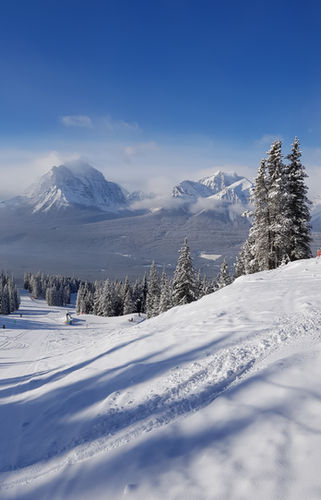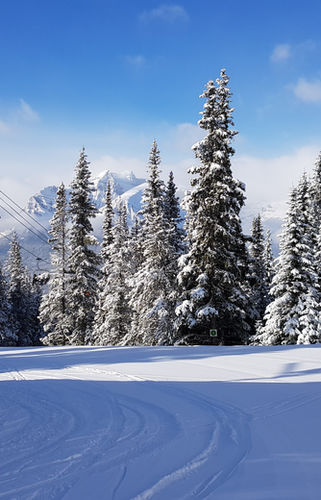Lake Louise
Lake Louise
Long before European settlers arrived in the region, the Stoney Nakoda people had a deep connection to the land that is now known as Lake Louise. They considered the area a sacred place, rich in natural resources and imbued with spiritual significance. The Stoney Nakoda hunted, fished, and gathered medicinal plants in the area, living in harmony with the surrounding environment. Their stories and traditions continue to be an integral part of the region's cultural heritage.
Discovery and Naming
The first non-Indigenous person to visit Lake Louise was Thomas Edmonds Wilson, a Canadian Pacific Railway (CPR) surveyor. Guided by a Stoney Nakoda man named Edwin Hunter, Wilson stumbled upon the lake in 1882. Impressed by its emerald-green waters, he initially named it "Emerald Lake." However, in 1884, the Geographic Board of Canada renamed the lake in honor of Princess Louise Caroline Alberta, the fourth daughter of Queen Victoria and wife of the Marquess of Lorne, the Governor General of Canada.
The CPR's Role
The Canadian Pacific Railway played a pivotal role in the development of Lake Louise. In the late 19th century, the CPR constructed a railway line through the Rocky Mountains, connecting eastern and western Canada. The railway brought tourists to the region, and the company soon recognized the potential of Lake Louise as a destination for luxury travel. In 1890, the CPR built the Chateau Lake Louise, a grand hotel that offered visitors a luxurious experience amidst the stunning mountain scenery.
A Growing Tourist Destination
The early 20th century saw a surge in tourism to Lake Louise. Visitors from around the world came to experience the beauty of the Canadian Rockies, and Lake Louise quickly became a popular destination. The hotel provided a central hub for tourists, offering accommodations, dining, and a variety of recreational activities. As tourism grew, so too did the infrastructure surrounding Lake Louise, with the construction of roads, trails, and other amenities.
Conservation Efforts
Despite its growing popularity, Lake Louise has always been a fragile ecosystem. Recognizing the importance of preserving the natural beauty of the region, the Canadian government established Banff National Park in 1885. Banff National Park, which includes Lake Louise, is one of the oldest national parks in the world. Over the years, Parks Canada has implemented various conservation measures to protect the park's wildlife, ecosystems, and cultural heritage.
Lake Louise Today
Today, Lake Louise remains one of Canada's most beloved natural wonders. Its stunning beauty and rich history continue to attract visitors from around the globe. While tourism has undoubtedly contributed to the economic development of the region, it has also presented challenges in terms of preserving the environment and managing crowds. Parks Canada continues to work to balance the needs of visitors with the protection of the park's natural and cultural heritage.
Lake Louise's history is a testament to the enduring power of nature and the human spirit. From its indigenous roots to its role as a tourist destination, the lake has played a significant role in shaping the Canadian landscape. As we look to the future, it is essential that we continue to protect and cherish this remarkable natural treasure for generations to come.








